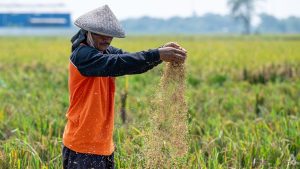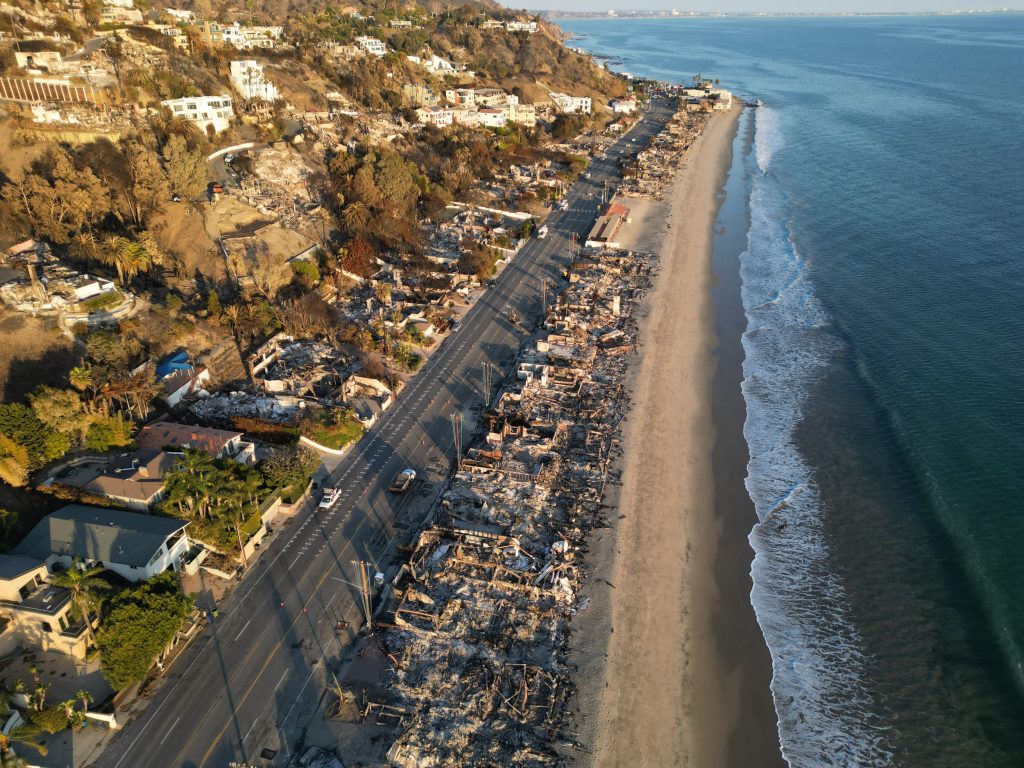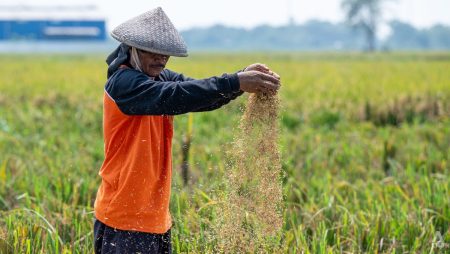The Pacific Coast Highway (PCH), a vital transportation link weaving through Southern California’s coastal communities, has partially reopened after a near month-long closure due to the devastating Palisades fire. This reopening signifies a crucial step in the region’s recovery from a historically destructive wildfire season. While the highway is now accessible from Santa Monica northwest to the Ventura County line, traffic flow is significantly restricted to a single lane in each direction. Access to the burn zone remains limited, requiring residents to present proof of residency or entry passes. The California Highway Patrol and National Guard have taken over access control, relieving the Los Angeles Police Department, which had been stretched thin by the prolonged emergency.
The Palisades fire, ignited amidst unusually dry conditions, scorched over 23,000 acres, claimed 12 lives, and left a trail of destruction, obliterating nearly 7,000 structures and damaging over 1,000 more. It coincided with the equally destructive Eaton fire, which burned through a comparable acreage, resulting in 17 fatalities and even more widespread structural damage. The combined impact of these fires placed an immense strain on local resources and infrastructure, highlighting the vulnerability of these communities to wildfire events. The fires’ containment, announced by Cal Fire, marked a turning point, allowing for the commencement of recovery efforts and the phased reopening of critical infrastructure like the PCH.
The reopening of the PCH, though partial, represents a significant milestone. However, it’s a cautious reopening, operating under strict restrictions to prioritize safety and facilitate ongoing recovery work. Reduced speed limits are in place, and authorities are strongly encouraging essential travel only. The reopening process has been complex, with initial plans for a full reopening hampered by last-minute security and looting concerns in the Pacific Palisades area, delaying access to that segment of the highway. The focused approach reflects the delicate balance between restoring normalcy and ensuring the safety and security of the affected communities.
Officials recognize the road to full recovery is long and arduous. The landscape has been irrevocably altered, and the PCH, though reopened, is not the same as before. Cleanup efforts are paramount, with the Environmental Protection Agency (EPA) commencing hazardous debris removal. Simultaneously, authorities are vigilantly monitoring the highway for potential risks, particularly with the threat of approaching rainfall and the associated dangers of mudslides and debris flows. This necessitates a coordinated effort between various agencies to manage traffic, continue cleanup and utility repairs, and maintain security within the burn zone.
Leaders at all levels of government have expressed their commitment to supporting the affected communities. Los Angeles County Supervisor Lindsey Horvath stressed the importance of prioritizing essential travel while recovery efforts continue. Los Angeles Mayor Karen Bass emphasized the dynamic nature of the situation and the ongoing adjustments needed to ensure community safety. California Governor Gavin Newsom reaffirmed the state’s commitment to providing unwavering support throughout the recovery process. These statements underscore the collective responsibility recognized by officials to aid the affected communities in rebuilding their lives and livelihoods.
Looking ahead, the focus remains firmly on recovery and rebuilding. The phased reopening of the PCH provides a much-needed boost to the region, facilitating access for residents and enabling the flow of essential goods and services. However, the road ahead is fraught with challenges. The impending rainfall poses a significant threat, and authorities are preparing for potential mudslides and debris flows. The continued cleanup of hazardous materials and the restoration of utilities are critical next steps. Ultimately, the full reopening of the PCH and the restoration of normalcy will depend on ongoing assessments of safety and the progress of the recovery efforts. The resilience of the affected communities, coupled with the ongoing support from government agencies, will be crucial in navigating this difficult period and rebuilding a stronger, more resilient future.










